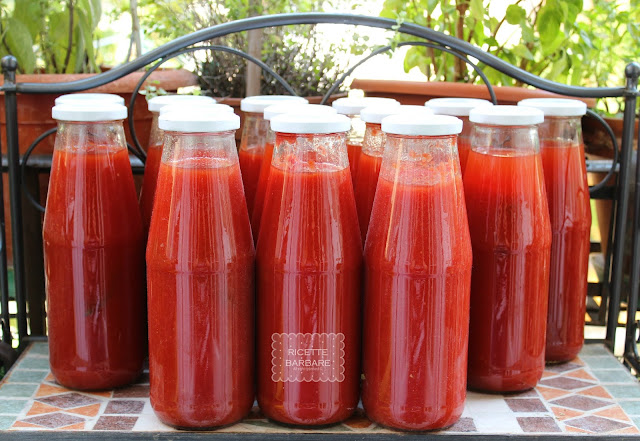D'estate le insalate sono i piatti privilegiati sulla nostra tavola, ancor meglio se si tratta di insalate di pesce, gustose, fresche e veloci da realizzare come questa!
English version below
Sapore: se vi piace il polpo dovete provare questo abbinamento, davvero gustoso
Complessità: nessuna difficoltà
Dove l’ho trovato? Chef Peppe Guida, programma Tv Questa terra è la mia terra
Ingredienti necessari per realizzare il polpo in insalata sono:
1 polpo (quello con la doppia fila di ventose sui tentacoli)
10 fiori di zucca
limone
sale e pepe
peperoncino fresco
1/4 di spicchio di aglio
Realizzare questa ricetta è davvero molto semplice e veloce. Fondamentale è lessare il polpo mettendolo in poca acqua fredda non salata per 40 minuti dall'ebollizione.
Una volta intiepidito tagliare i tentacoli a fettine di meno di 1 cm e la testa a striscioline.
Aprire i fiori di zucca per verificare che non ci siano animaletti al loro interno e tagliarli a striscioline. Metterli in una ciotola e condirli con succo di limone, olio, sale e pepe, l'aglio ed il peperoncino tritati finemente.
Unire quindi il polpo ai fiori di zucca, aggiungere ancora del succo di limone, olio e servire, tiepido, a temperatura ambiente o fresco.
Octopus salad with zucchini flowers, lemon and herbs. A refreshing summer salad
In the summer, salads are the star of our table, especially if they are fish salads, which are delicious, fresh, and quick to make, like this one!
Ingredients
1 octopus (the one with the double row of suckers on the tentacles)
10 zucchini flowers
Lemon
Salt and pepper
Fresh chili pepper
1/4 of a clove of garlic
Instructions
This recipe is really very simple and quick to make. The key is to boil the octopus in a small amount of cold, unsalted water for 40 minutes from boiling.
Once it has cooled down, cut the tentacles into slices less than 1 cm thick and the head into strips.
Open the zucchini flowers to check that there are no animals inside and cut them into strips. Put them in a bowl and season with lemon juice, olive oil, salt and pepper, finely chopped garlic and chili pepper.
Then add the octopus to the zucchini flowers, add more lemon juice, olive oil and serve, warm, at room temperature or cold.


